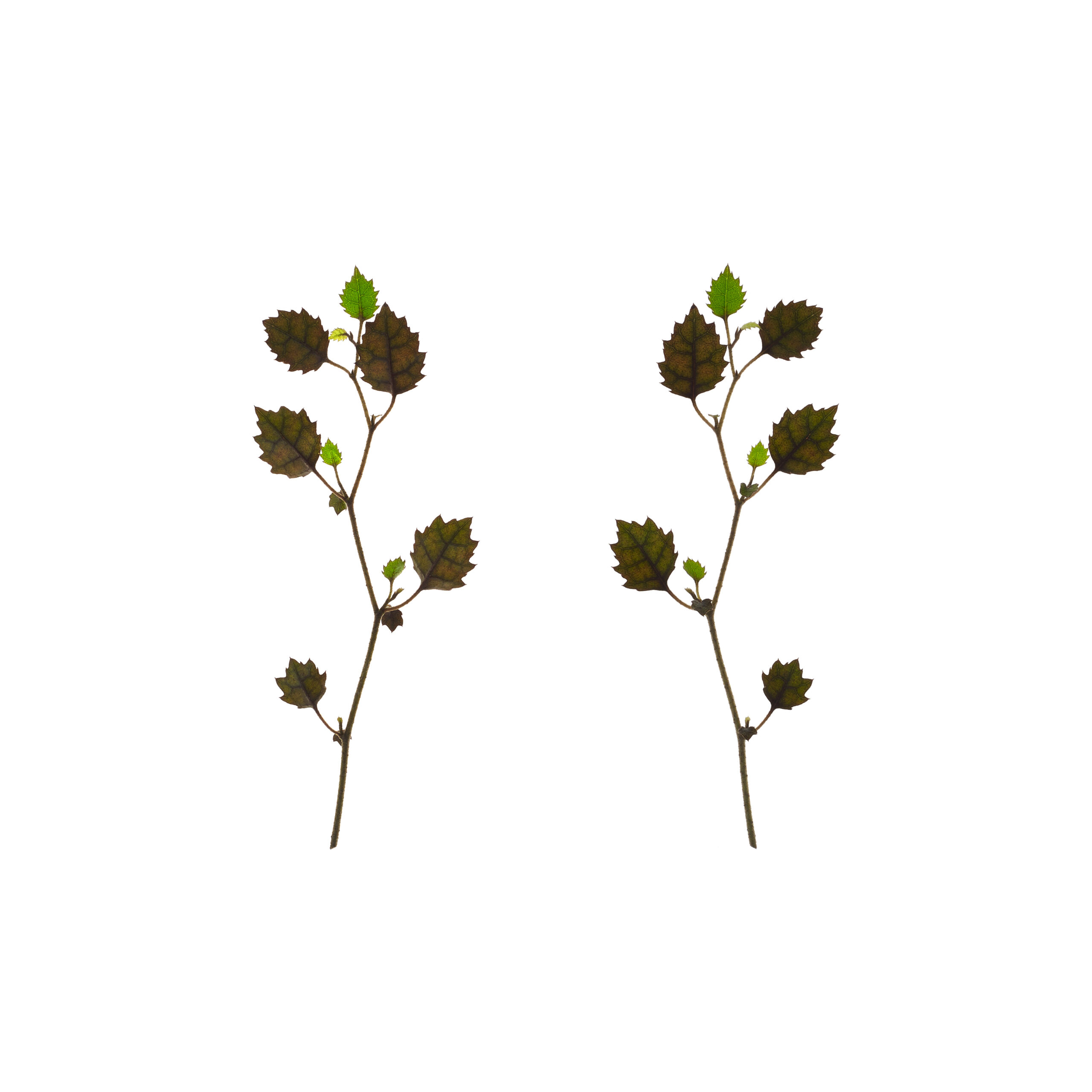Putaputaweta
“Putaputaweta” means “many wetas” and refers to wetas living in the holes left by Puriri moth larvae. The name “Bucket-of-water tree” was used because the freshly cut timbers were so sappy it would not burn easily.
Carpodetus serratus is monoecious (an individual that has both male and female reproductive units on the same plant). The juvenile form has tangled growth of zigzag pattern of branching. It has white flowers 5 mm wide which occur in broad panicles in spring followed by seed capsules January-February or though dried fruit can be present at any time. The fruit is a black capsule 4-6mm. The seed is distributed by the birds.
Few traditional Maori uses of this plant have been recorded. Its white open grained wood is strong and elastic and was used by early bushmen for axe and tool handles and for fence rails.
Biodiversity enhancement
It is recommended to have a minimum of 5–6 species in one planting area. This creates a more resilient ecosystem in the long term.
Alternatives
You may wish to also consider these options.


